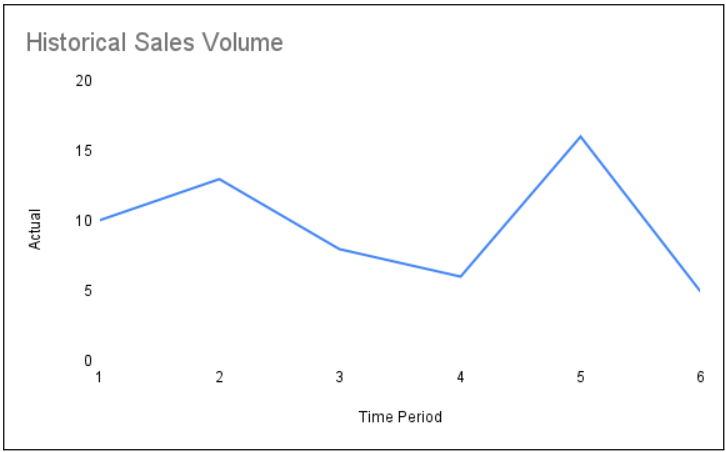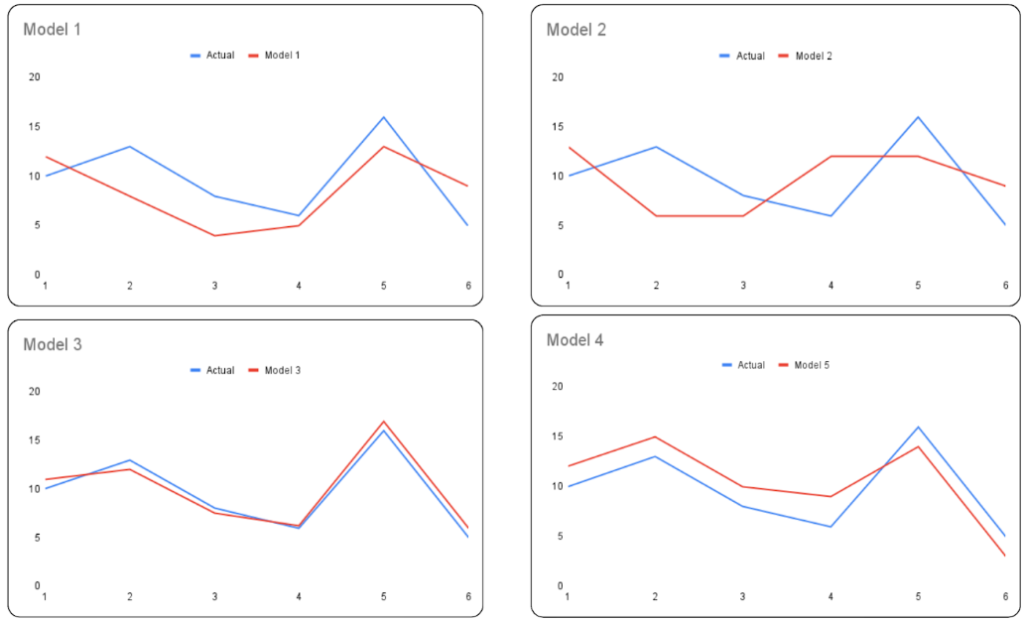The History of Marketing Mix Modeling
In the early days of MMM brands needed an enormous amount of time, data, headcount and resources in order to build robust insights.
Analysing data was often complex and time taken extremely onerous, which historically meant MMM has been the domain of large business or consultancies due to the costly and time-intensive process.
However, as processing power increased, and the adoption of AI becomes more seamless, an increasing number of co
So Exactly What is MMM?
It’s simply statistical analysis to quantify the impact of ALL marketing tactics (the marketing mix) on sales. The analysed data is then used to forecast impact of future marketing tactics from marketing investment.
In short – MMM is a method of reporting and analysis that allows marketers to understand the revenue, or sales, generated by marketing channels that don’t have a digitally attributed revenue to them (for example out of home billboards, tv, or radio…).
Even if you’re a brand that only uses digital touch channels, marketing mix modeling quantifies the impact of all channels, without relying on one of the many attribution methods given to you by the likes of Google, Meta et al.

How is Marketing Mix Modeling Calculated?
MMM uses historical 1st and 3rd party data to establish a simultaneous relation of all marketing activities and tactics to analyse the impact of these activities on a variable (i.e. sales) through a statistical technique called: regression.
A brand will need to accumulate at least 2 years’ worth of data that they have access to. But the more data available, the more accurate the modeling will be.
Let’s take an example. First party data could include sales volume, revenue, media spend (by channel), distribution points, pricing changes and promotional offers. Brands can also collect 3rd Party data available such as competitive media spend and competitive pricing changes. All this data is then screened and cleaned to form one large simultaneous format of ‘clean’ data.
Marketers can then use a process of statistical analysis to identify the “base variable”, or KPI, that they want to use as their baseline measurement – let’s take sales as an example.

In the example below, you can see that after building a number of models, the model best suited for use would be “Model 3”, and you would use that analysis and model to build out future plans.

Using the model, you can also find the saturation point of each media channel, to understand the point of diminishing return, and optimise media channels that need budget reduction, or additional investment to deliver a return.
Here are some of the key outputs that you can expect from Marketing Mix Modeling:
- Sales Volume Analysis
- Media Spend Analysis
- Sales Volume & Price Correlation Analysis
- Share of Voice Analysis
- Plus much more…
- Key drivers of your baseline KPI (i.e. sales, revenue, market share, awareness etc)
Like the fashion industry, the marketing industry is bound to come full circle in 2024, and Marketing Mix Modeling is already implemented by some of the worlds’ top brands, and being considered by others keen to base their marketing investments and campaigns on sound, statistical evidence.

Contact Us
Want to learn more about how MMM can help move your brand forward? Then let’s arrange a 30 minute ‘chemistry call’ with to our team at Murmur: murmur.media/contact-us


